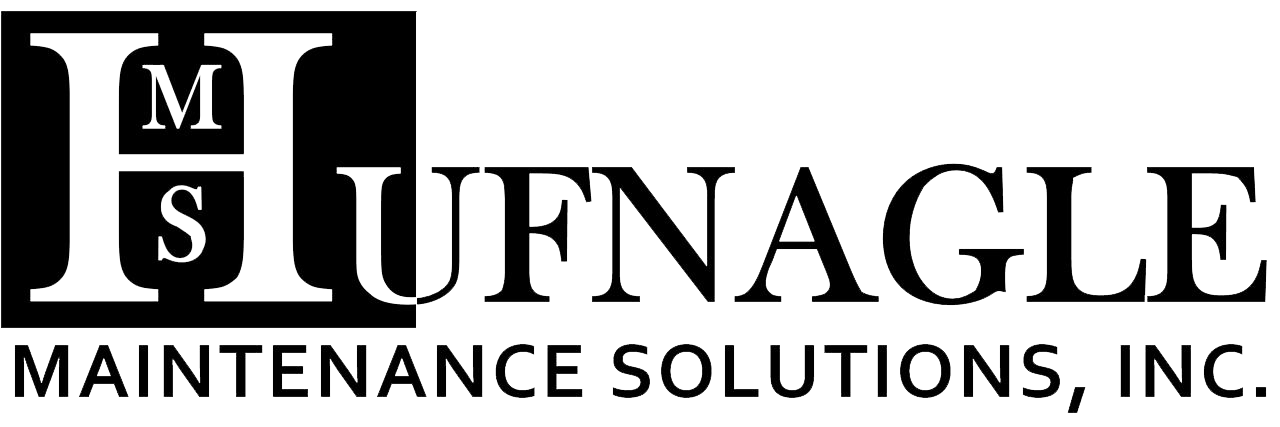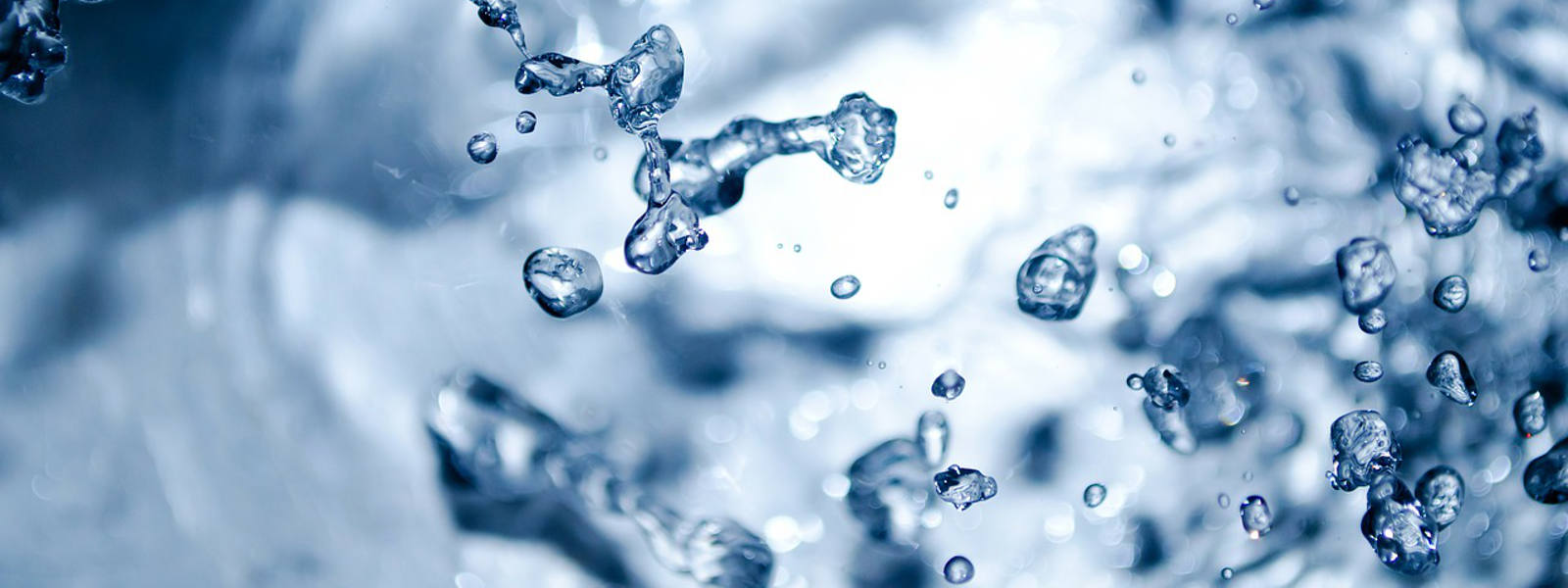Just imagine how we can help you
Oven Fire Remediation
In the early morning after a long down period, employees for a client initiated a long and complex startup procedure. Settings were not yet dialed in, and a belt in an oven was not running correctly. Product piled up and caught fire. The oven contained the fire well, and the fire was not noticed until ductwork leading from the oven was glowing cherry red as it drew flames and burning product through itself. The fire was quickly put out, but the damage from the fire was extensive.
Thick layers of charred food in inaccessible areas of the oven walls, charcoal embedded into the belts inside of the oven, burnt and bubbled paint, critical equipment connected to the oven filled with burnt food and ash, and hundreds of feet of ductwork with carbonized buildup were a few of the issues that our team dealt with. With the help of extra coffee, Hufnagle Maintenance crews worked round the clock, and all critical areas of the equipment were ready for food production within 48 hours. Non-critical areas were cleaned up and made better than before at the next scheduled down time. By the time that corporate leaders visited the site a few weeks later, no evidence of the fire remained.
Through constant communication with other workers at the site, our team worked with riggers, electricians, pipefitters, metalworkers and management to bring the line back up and running before anyone thought possible. Because production was down for only a few days for a line that runs 24/7 and created thousands of pounds of product per shift, the client saved hundreds of thousands of dollars over allowing their smaller staff, with less equipment and experience, deal with the damage less effectively over a longer time frame.
Long-term pathogen elimination
A routine audit suggests that you add more swab sites to your microbiological testing regimen. You come up with a new swab site plan, take some samples, and send them off. You sleep well that night, knowing that you always have good swab results, you have good GMPs in place, you regularly clean and sanitize, and you have a good mitigation plan for localized positive results. Then a day or two later you receive a slew of automated email notifications for out-of-spec swab results. You thought that you were doing everything right, but you wonder if your company will be the next Blue Bell Ice Cream or Fresh Express, with millions lost in recalls and plant closures and retrofits due to listeria, E. coli, or salmonella? Could you face jail time like some of the management of Peanut Corporation of America?
Companies and their brands can rebound after catastrophic plant-wide pathogen contamination, but keeping ahead of pathogens, getting them under control, and spending the time and effort to keep them out of the food does not only save your company's money and brand reputation. It can save the company itself. Most importantly, controlling discovered pathogens before they can enter the food stream saves your customers' lives.
A client of ours started receiving an alarming number of positive swab results, and we worked together to create a solution to make sure that existing pathogens never made it into the food stream and to remediate contaminated areas. Some of Hufnagle Maintenance Solutions' areas of responsibility included preventing pathogens from entering or leaving affected areas by maintaining more intensive GMP practices for those areas, helping to develop and refine SOPs and documentation requirements, an extensive pathogen testing regimen for food equipment near affected areas, more frequent and deeper regular cleaning of food equipment near affected areas, extensive regular cleaning and sanitizing of affected non-food contact areas like floors, walls, and drains that tend to collect and spread pathogens, and installation of sanitary epoxy floor systems throughout affected areas. We were included in construction efforts: when infrastructure that was impossible to clean or was likely to harbor pathogens was replaced, we created containment and clean rooms and enforced their use in order to ensure that personnel and tools did not transfer contamination to unaffected areas, made sure that the removed debris was wrapped and sanitized to prevent recontamination, deep cleaned and sanitized the area, then recleaned and sanitized after construction was complete. For areas where construction took longer periods of time, there were also periodic deep cleanings during construction.
Hufnagle Maintenance Solutions' work in keeping affected and unaffected areas segregated meant that clean areas of the facility could still produce food. So, while the initial remediation efforts were extensive and costly, the facility was still making money and keeping their employees working during the cleanup, all while keeping the food safe.
The prolonged remediation effort includes more extensive periodic cleanup in affected areas than in other areas of the facility, extensive pathogen testing, enhanced GMPs for affected areas, and regular cleaning and sanitizing of drains, floors and walls.
New epoxy floors on uptime
Your facility, now a couple of decades old, has lost some of its shine. Your brand is established, and you need your plant's production to meet demand and profit goals. Equipment needs to be replaced, paint is peeling, and the quarry tile floors are starting to crumble under the constant barrage of forklifts, heavy bins, and chemicals. A quarter million square feet of quarry tile is breaking down, creating debris that could find its way into the food and harborage areas for bacteria. Your company depends on your plant being able to create product 24/7. How can you deal with all of the issues of an aging facility and remain profitable?
Hufnagle Maintenance Solutions helped a client in this dilemma to upgrade their facility while maintaining profitability by installing new floors in existing spaces while the plant was running. In order to control costs and maintain production, construction work was staggered among product lines, with an attempt to schedule floor replacement alongside of other maintenance needs.
We can upgrade aging surfaces with a durable, sanitary resinous floor system that is easy to clean and maintain while continuing to operate and produce food in adjacent areas. Our team has worked with client's operations and financial planners to create long-term plans to transition from old, decaying floors to epoxy floors. We can help with risk assessments to replace the highest priority areas first. Lining up construction times with your scheduled down times minimizes the time that any lines are down.
Sanitary containment separates your production areas from construction zones, and can include a clean room that acts as a transition zone into GMP areas, where personnel can change clothes and clean and sanitize tools and equipment before entering active production areas. Containment can include any production equipment that needs to remain in place during construction. If debris must move through production areas, we can wrap and sanitize it before moving it through your facility, removing any contamination risk. Hufnagle Maintenance Solutions can safely add durable, sanitary flooring systems to your facility while your plant remains in production. We do this for you because idle plants cost your company money.
Dryer deep clean
Toppings on food products add flavor and customer interest in crowded markets. One of our clients added a sprayed coating followed by a dry sprinkled topping right before the product entered a dryer for finishing. As the product moved through the dryer, excess coating and topping dropped off and collected in the dryer. The client's regular cleanings involved using compressed air to blow excess ingredients out of the dryer. Over the years, product built up in areas where compressed air was not effective at removing product, so much so that the built up product was nearly touching the flights in some areas of the dryer. We were called in to remove excess product.
Using our purpose-built tools to break up the buildup and high-powered vacuums to pull out debris, we not only drew excess product away from the flights, but we also removed several tons of excess product from the dryer that the client's regular cleanings were unable to remove. Our workers, extensively trained in safety, were able to enter the confined spaces inside of the dryer, safely allowing our team better access than the client was able to achieve.
Our work produced benefits well beyond the original purpose of clearing product debris away from the food belt: after our work was done, the efficiency of the dryer increased dramatically due to the improved airflow. Without compacted debris in the dryer, regular cleanings could be faster, less frequent, and more effective. Those efficiency increases allowed the line to produce on average three extra shifts worth of product per week. What could your company do with 50 extra production day worth of food per year? Call or email us today to find out how our sanitation crews can increase your productivity.



